6.2.5 3D Printing
Course subject(s)
Module 6 – The Full Picture
What if we were able to 3D Print our design models as fabricated scale models and as full-sized realities? Would that be helpful?
Following the diagrams we have shown for VR, AR and MR, there is one more diagram that we would like to explain regarding automated 3D manufacturing:

You probably have heard about, seen or used a 3D printer. They come in many different varieties and it is even possible to 3D print full size houses nowadays. In this diagram you can see that 3D printing is a direct process that translates digital models into the ‘real world’. The intervention of our mind that we use when building a scale model by hand or when a contractor manages the construction of a building is excluded from this type of manufacturing. Professor and architect Kas Oosterhuis calls this process: ‘file to factory’.
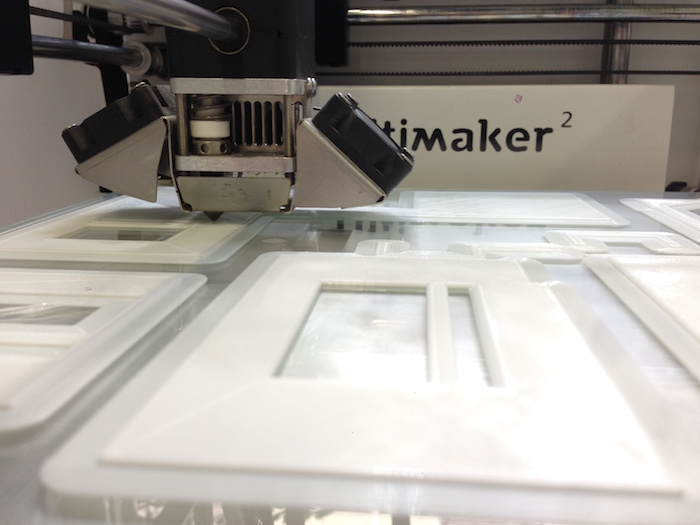
If a design is well-prepared digitally we could envision a situation in which there is no more human intervention needed during an automated manufacturing process. Similarly when using 3D printing to make scale models, the print file cannot be altered after hitting the start button. Therefore models that are printed as a whole are typical ‘models of’. When they come out of the printer, you can of course judge them and make changes in the digital design, but they involve no interaction during the making process. Such prints can be used as test objects or as final presentation models.
Another option is printing parts of a building or parts of a model. This allows you to be able to change and design with the resulting objects in order to further refine the overall design. It should therefore be a deliberate choice to use 3D printing in a design modelling process. Any chosen printing technique has limitations and specific characteristics that should fit the general outlook of the model as a whole. 3D printing can be very helpful when you have to make a large number of objects with either similar or parametrically different shapes. The printing process, in addition to laser cutting and CNC milling, can deliver scale models with a much higher level of precision, compared to hand-made models. It can look unconsidered if rough hand-produced parts and fine-machined parts are combined in one single scale model.
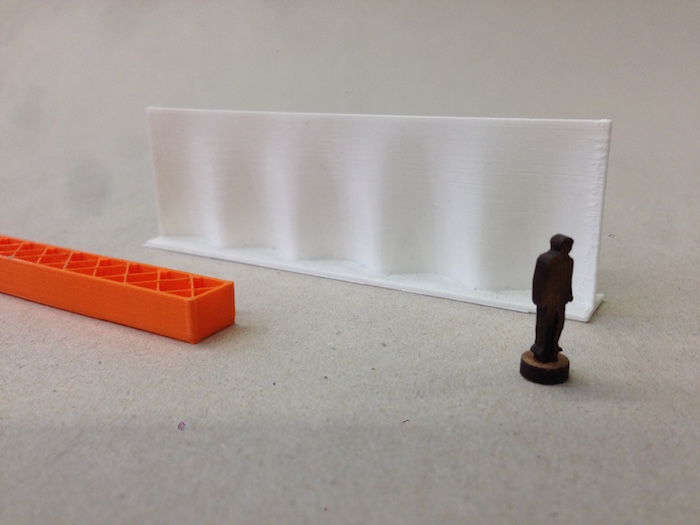
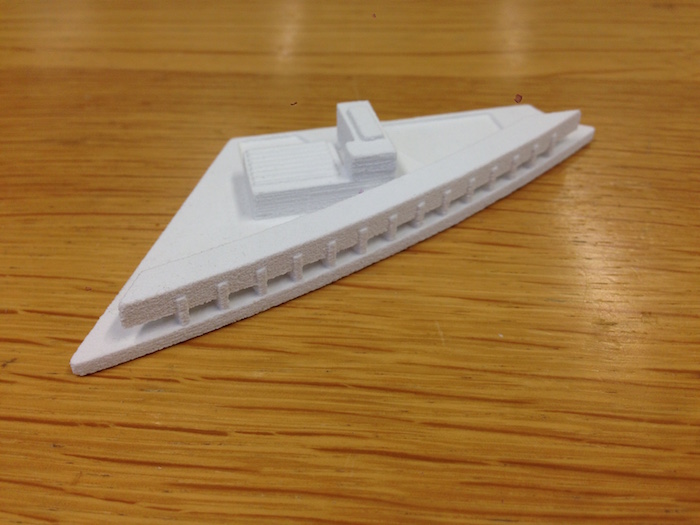
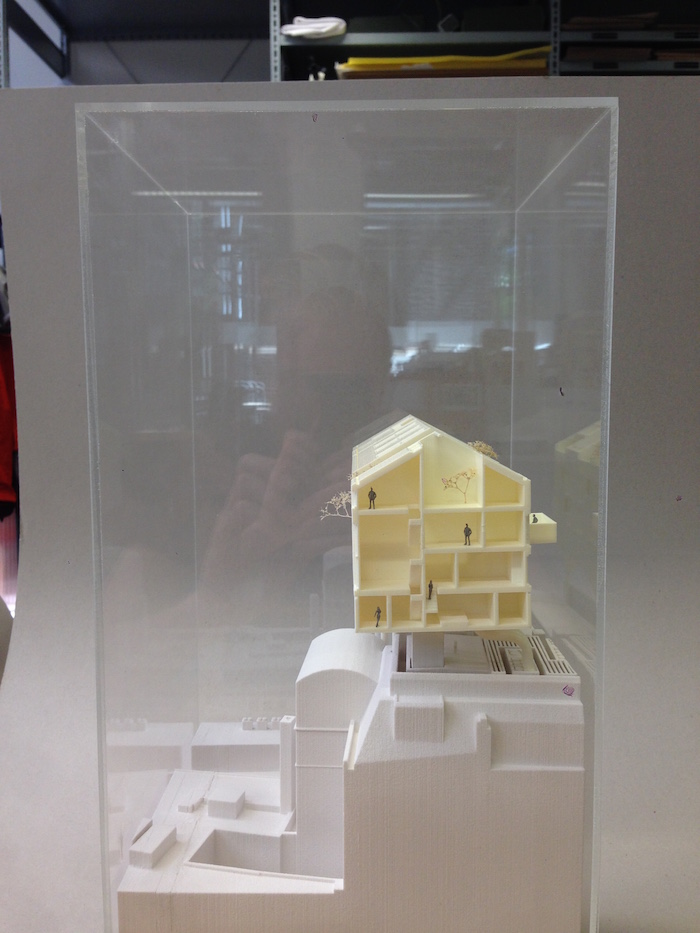
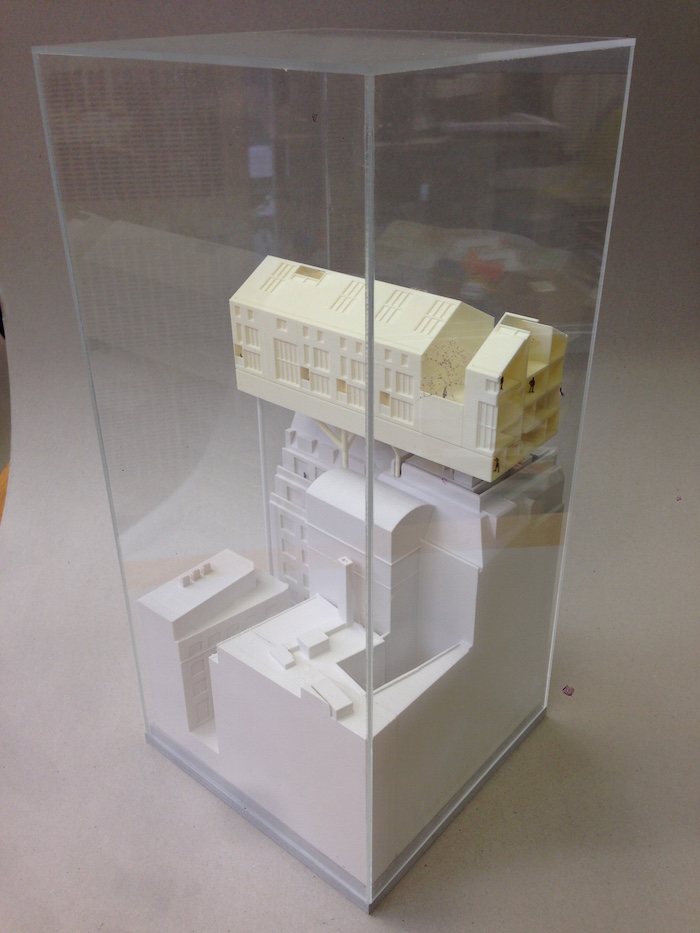
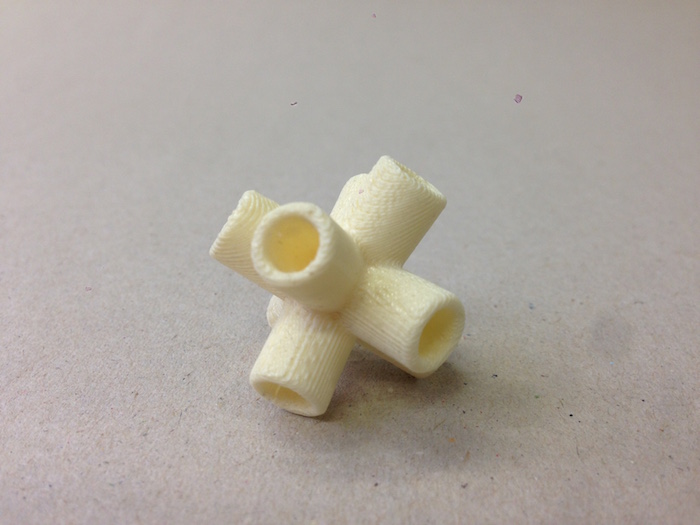
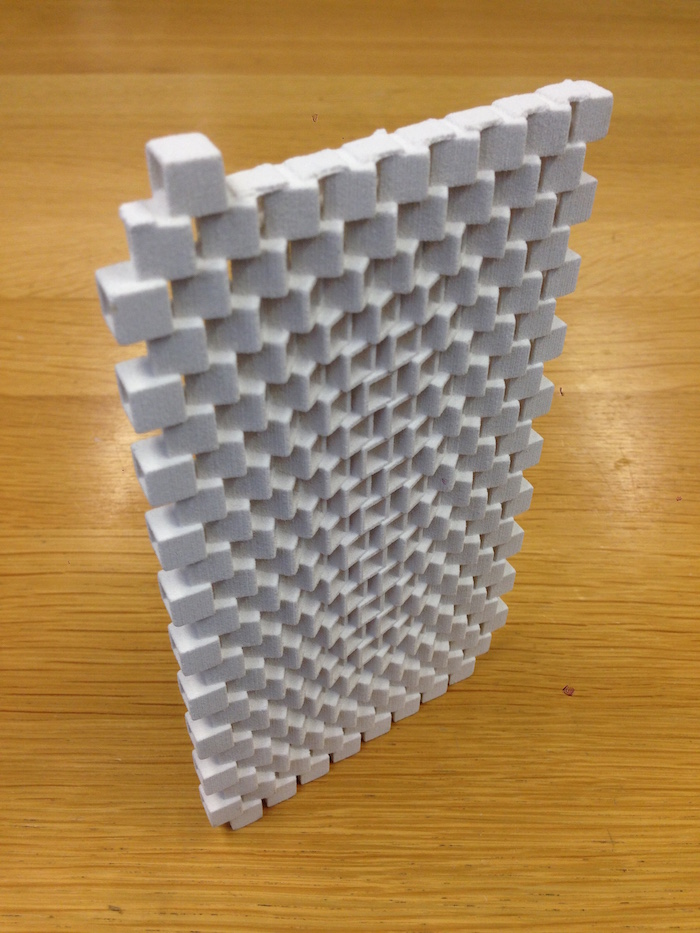
Here you see a small collection of 3D prints that were made in the Computer Aided Manufacturing lab at the Faculty of Architecture in Delft. We mainly use plastic extrusion printers and gypsum 3D printers.

Models in Architecture by TU Delft OpenCourseWare is licensed under a Creative Commons Attribution-NonCommercial-ShareAlike 4.0 International License.
Based on a work at https://ocw.tudelft.nl/courses/models-architecture-design-physical-digital-models/.



